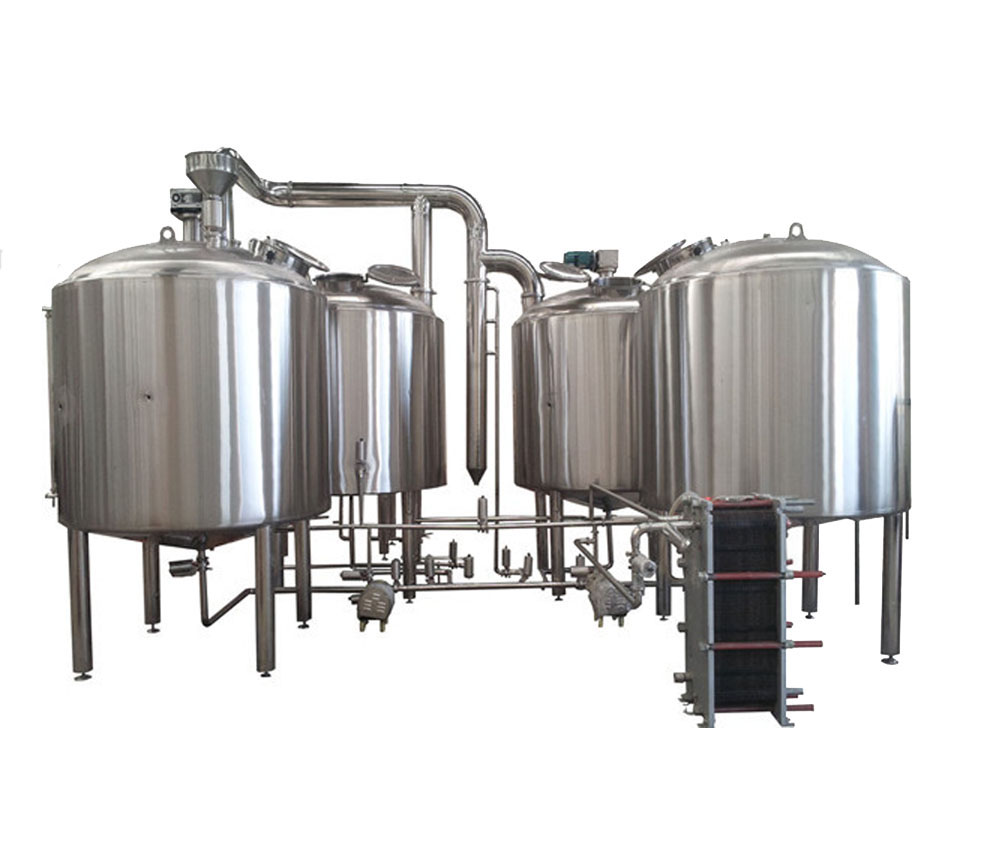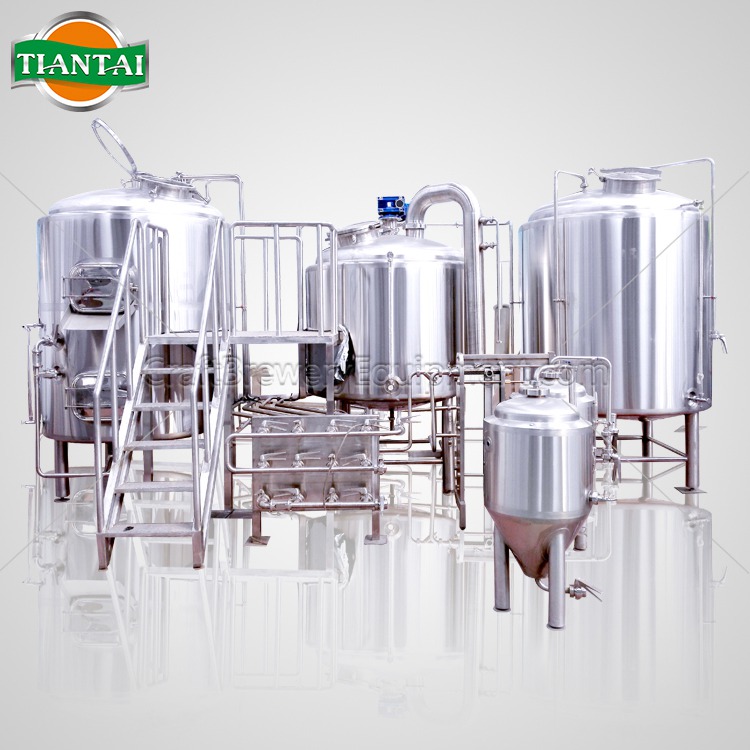Water loss during all grain brewing
How to hit your target wort volume spot on.Losses of water in the brewing process are common. There are some that are unavoidable and some that are controllable to a point.
1) Absorption by Grain: Your dry grain will absorb water at a rate of 0.96*(weight of grain). The 0.96 is a ratio, so if you use kg of grain, for every 1 kg of grain, you will lose 0.96 kg of water (~960 mL). If you use pounds, 1 lb of grain will lose 0.96 lbs of water (~436 mL).

2) Losses to Evaporation: Boiling water inherently creates steam. Evaporation rates are highly dependent on vessel size, shape, vigor of boil, ambient humidity etc. So it is impossible to predict yours. Generally evaporation rates are between 5-15% per hour. Only through experimentation will you be able to determine this. It may even change between recipes and brew days! You can do things to limit this by reducing the vigor of the boil (simmer at 100 C / 212 F, as opposed to rolling boil). Additionally, you can reduce the exposed surface area (put a lid half-on your pot), keep in mind however, that in doing so you risk retaining volatile compounds like DMS/DMSO that can give a creamed-corn aroma/flavour if not boiled off, generally considered a flaw.
In order to perform a full-wort boil, however, some brewers prefer a kettle large enough to hold your pre-boil volume plus about 20% (to allow for foaming), a heat source capable of bringing this volume to a vigorous, rolling boil in a reasonable amount of time and a method to cool the wort relatively quickly (in an hour or less) after the boil.
3) Contraction: If you measure your volume while its boiling and immediately after knocking-out (cooling) you will notice a 4% difference. This is simply due to water occupying more space while hot. This is less of a loss and more of an accounting / recipe development affair.
4) Losses due to Trub and Process These are just part of the process, losses in transfer, to hop material, what is adsorbed by proteins etc. We account for 2% here, but your mileage may vary.
What it comes down to, is that there will be losses no matter what you do. Breweries are forever trying to improve their water consumed : beer produced ratio. A 4:1 is considered good! You will see improvements as you learn and refine your system and process. You are on the right track simply by starting to consider how to do it. Keep that in mind while you're brewing and look for ways to improve.

2. Hot Wort loss
As a craft brewery equipment manufacturer, we always be asked by beer loss during brewing in our beer equipment. We usually give a general range of beer loss and how our brewery tanks are designed to complement part of the loss.
Beer loss all depends on the scale of the operations and what technical
capabilities you have.
For micro brewery,I would suggest around 0.5% - 2% losses in the
Brewhouse,then around 4% - 6% in Fermentation (mainly due to yeast growth). Then a loss of 1% - 3% in Maturation (or on the way to maturation via centrifuges). Finally 1% - 3% in Packaging. So in total it can vary between 5.5% to 15%.
But for some big beer factory, the wort cooling loss is 7-7.5%, the fermentation loss is 1.6-2.5%, the filtering loss is 1.5-2%, bottling loss is 2-2.5%, so in total is can vary between 12.1-14.5%.




.jpg)

Get In Touch